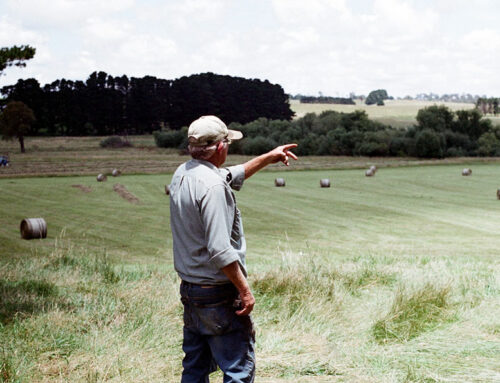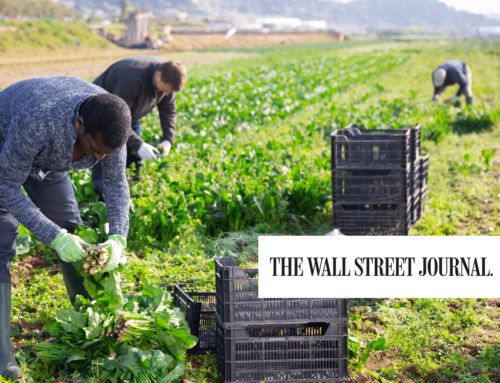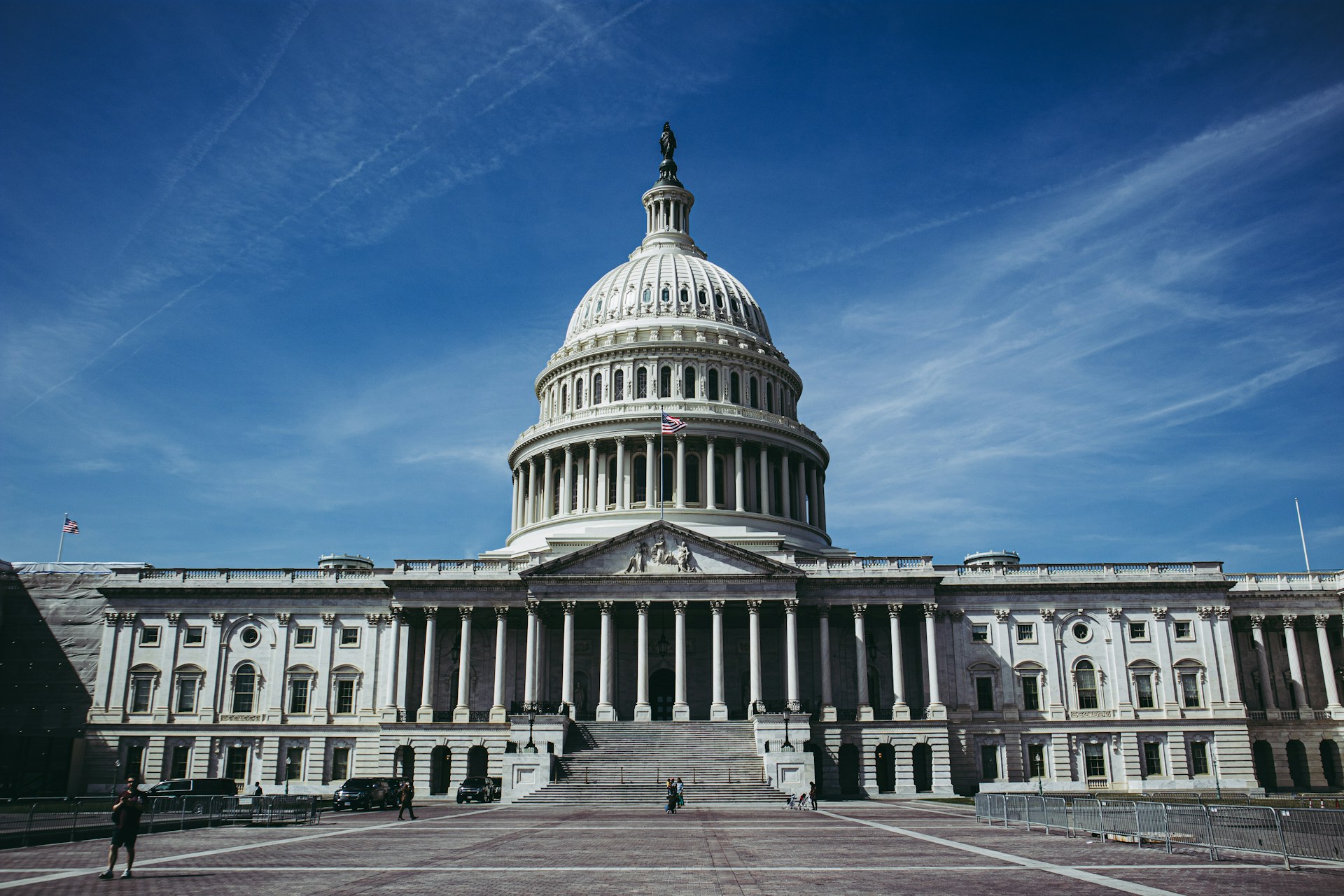On Thursday, before leaving town for the 4th of July recess, Senators quickly passed their version of the 2018 Farm Bill. Maybe it was the sweet smell of jet fumes drawing them away or simply the fact that the Senate’s been in DC for only three Fridays this year, but it was an anti-climactic end. Four votes, a handful of speeches, and an $867 billion Senate farm bill was all wrapped up.
At first glance, the Senate bill looks a far cry from the package of partisan and parochial pandering that squeaked through the House 213-211 on its second try. The Senate bill is more a continuance of the status quo, with some improvements. The bill narrows an existing loophole that allows farm businesses to increase subsidies by adding numerous individuals who “manage” a farm without stepping foot on it (25 in the case of one farm). Thanks to Mr. Grassley (R-IA), subsidy recipients will have to actually work on the farm, except one “manager” is still allowed. The bill directs the USDA to fix crop insurance to stop discouraging producers from undertaking conservation practices proven to reduce their risks. And the bill invests in conservation programs as an emphasis on improved data collection for many programs. This is good.
Whether that’s the extent of the progress in the bill, well, full disclosure, we haven’t actually figured that out. That’s because so much Senate action occurs behind closed doors. Even when you watch C-SPAN all day you don’t see most of the actual action. Nearly every modification, including that closing of the “active manager” loophole, was negotiated out of the view of the public and added by unanimous consent—without a vote or an objection. Senators, their staff, and lobbyists working side deals and negotiating off camera.
Which leads us to wonder what happened to openly and extensively debating farm policy, or in fact, any policy? The 2014 farm bill was the product of a robust, nearly exhausting series of debates. Kicked off when Ag Committee leadership tried to shoehorn a trillion dollar farm bill into the Super Committee working (ultimately unsuccessfully) on deficit reduction, debate lasted more than two years. The Senate actually passed the farm bill twice. In 2012 after nearly two weeks on the Floor, with 40 roll call votes on amendments. After the House failed to pass a bill, the Senate took up the farm bill again in 2013. Even though they started with the bill mostly as amended, they had another two weeks of debate and 11 roll call votes on amendments.
This time around, there was hardly a peep. While Chairman Roberts (R-KS) boasts the farm bill incorporates 171 bipartisan bills or amendments, the bill was on the Floor barely three days and there were only three votes on amendments, all held in the last 15 minutes before that fourth vote on final passage.
Is this just how Congress “works” now? To an extent the Senate has always worked this way. Plenty of work does happen off camera. But it’s no longer seeming to “work” for people who want a better agricultural safety net, one cognizant of our $21 trillion debt. We need to bring more people to the farm bill negotiating table, not less.
And this goes beyond the farm bill. Lawmakers in Washington are increasingly skirting the tough but necessary decisions. They’ve abandoned any notion of spending restraint by increasing spending caps by $300 billion in the BBA 2018. Social Security just started drawing down IOUs. The Congressional Budget Office just projected that the national debt is on its way to reaching historic highs.
Now we actually have read much of the farm bill and it shows passing the bill has more to do with continuing a cycle of parochialism at the expense of tackling national problems. Sen. Sullivan (R-AK) secured a Buy America provision for fish in the school lunch program. Sen. Isakson (R-GA) secured $18 million for businesses that lost blueberry or peach crops due to extreme cold in 2017. Sens. Tester (D-MT) and Daines (R-MT) inserted a provision potentially increasing commodity payments in states larger than 140,000 square miles, with counties that exceed 1400 square miles and contain more than 190,000 acres of already subsidized farm land. So…Montana (and maybe a couple spots in California and Texas, but we’ll have to dig to find out).
In an increasingly globalized, consumer-oriented, and technology-driven 21st century economy, federal policy must adapt. As the House and Senate will soon move to reconcile the differences in their bills, we encourage lawmakers to reorient federal policy to better serve the interests of the entire agriculture sector — consumers, communities affected by production, and federal taxpayers footing the bill.











Get Social